Kaiyuan Monastery, a Buddhist place of worship and repository of cultural relics of many religious systems, lies at the heart of Quanzhou , Fujian Province. Among the incredible treasures of Kaiyuan are two imperious guardians, the Purple Cloud Twin Pagodas. Guarding the West and East corners, they have a commanding view of all who approach.
We had finished a pleasant few hours sampling the snacks and sights of XiJie, the traditional culture street that has hosted the businesses that support and feed from the monastery for a thousand years. While the monastery is hidden behind walls and shops, the stone pagodas are an ever-imposing presence. They rise above and overlook the commerce below, reminding us this place is old, very old, and we are but passing through.
The pagoda on the Western corner is Renshou, meaning benevolence and longevity. On the East is Zhengguo, meaning country guarding. Two hundred meters apart, these twins are similar but not identical. Renshou is 45 meters tall, and Zhengguo is 48 meters, and the many carvings and figures depicted on each are unique. But what really makes these pagodas special is their construction, not of wood, but stone. And not only stone pagodas, but stone pagodas built in the wood style.
This is special and unique, as far as I know. Look closely, the first picture is best for seeing the details. It is like someone had the plans for a traditional wood pagoda and said, “The heck with that, I’m using stone.” With good reason too, for after burning down several times, these originally wooden pagodas were rebuilt in this style and resisted the elements for the next 800 years.
So what qualifies as a pagoda? A pagoda is a tiered tower with multiple eaves, most with an odd number of floors, something to do with even numbers being unlucky. The Kaiyuan pagodas have five floors. Most pagodas are Buddhist, but Daoism also has some examples. The octagonal style, which these are, started showing in China in the 5th to 10th centuries.
Pagodas usually have a central stair and possibly each floor has a viewing platform. I had imagined we’d get to climb these, but regretfully no, the doors were locked tight. Stone stairs inside a pagoda would have been very interesting to study.
These are Buddhist pagodas with many niches for statues and heavenly images. There are dozens of relief carvings on the exteriors. I read that Sun Wukong-The Monkey King — is is among them along with Guanyin and Xuanzang, but my knowledge is too limited to find them.
While sneakily looking to see if I could get inside, I noticed a small hole at the base of the door. Another on the second step, and on the first. These must be holes for drainage to let rainwater find its way from the top to ground level. I know, Nerd Alert.
Do you see the character carved and painted in red on the stone? Everyone was excited to pose with and photograph it. This is an artistic variation on the Chinese character xin (心). An important character in Confucianism, Daoism, and Buddhism, 心 means “heart-mind”. In everyday usage, xin 心 literally means the physical heart, but these belief systems considered the heart, not the brain, to be the center of emotions. I’ve included a short video so you can write xin (心) yourself. The stroke order and direction matters!
So why is this version of xin (心) different and what makes it special? The top mark, the dian, above the wo gou, has been moved below.
As the dian is held inside, so are all our sufferings and problems of the past held in our hearts. To give your heart room to receive new happiness and satisfaction, better things, set your worries aside as the dian is set below.
Even more, this is the only place for a balanced life. If the dian is placed to one side, the character is unbalanced, as our life is unbalanced by excess, by Confucius’s food, color, and noise; so the only place of balance is with the dian underneath. With life in balance, we are open to receive better things.
So this stone is called “Fangxinshi” — the stone for putting aside your worries.
The ubiquitous cosplayers and their photographers were in heaven. Can you imagine a better backdrop? When the workers who toiled for what was likely years on these pagodas were finally able to put down their tools, could any have imagined the millions of portraits and endless joy these monuments have inspired? Talk about merit. The Buddha will grant extra blessings on them.
Seeing pagodas like this felt like walking onto an alien movie set. There is an otherworldly character to these pagodas. Maybe that’s just me. Sure, they are old, but not delicate. They have a permanence that goes beyond our human cares and attention. They will still be new, still be watching, when we are old.




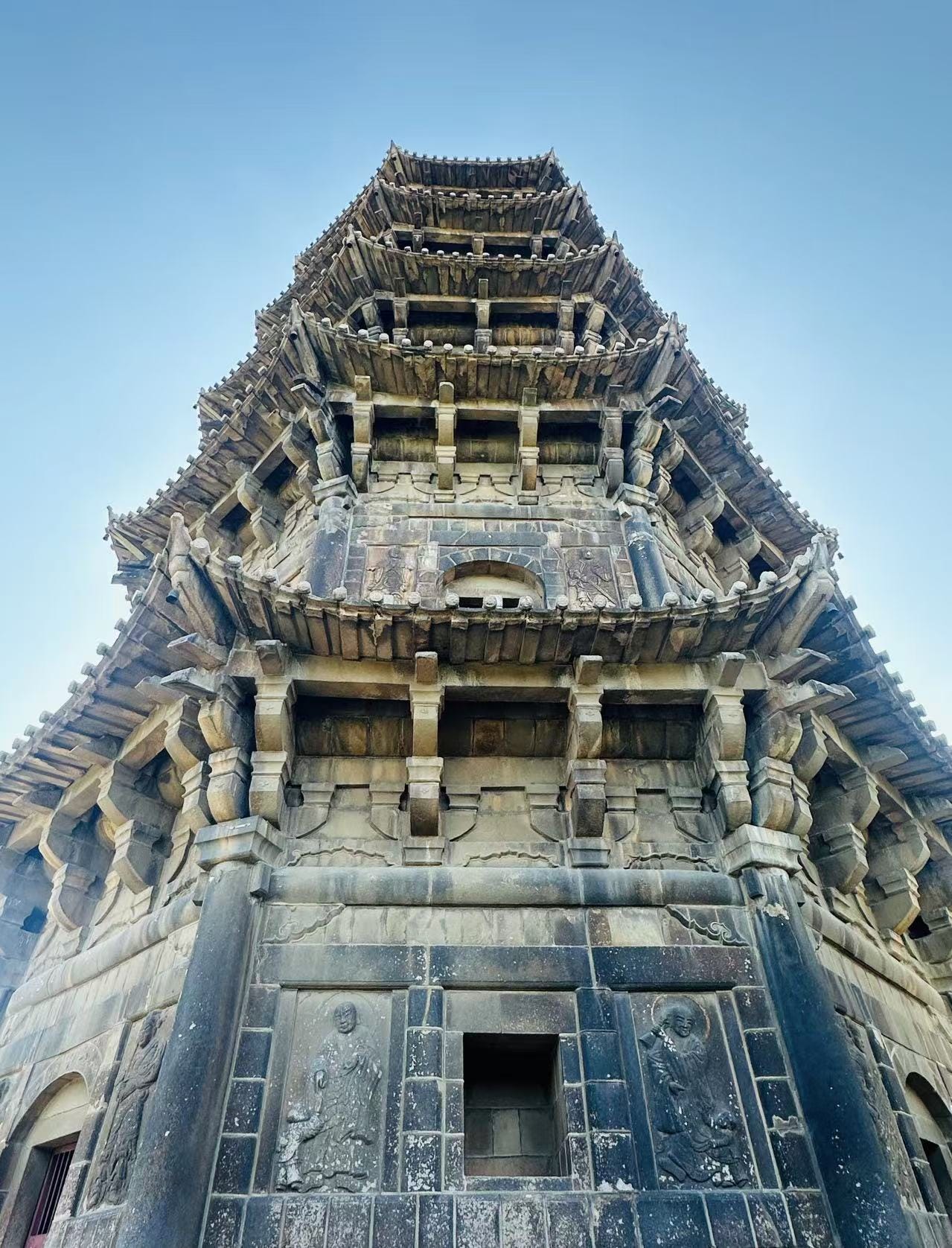
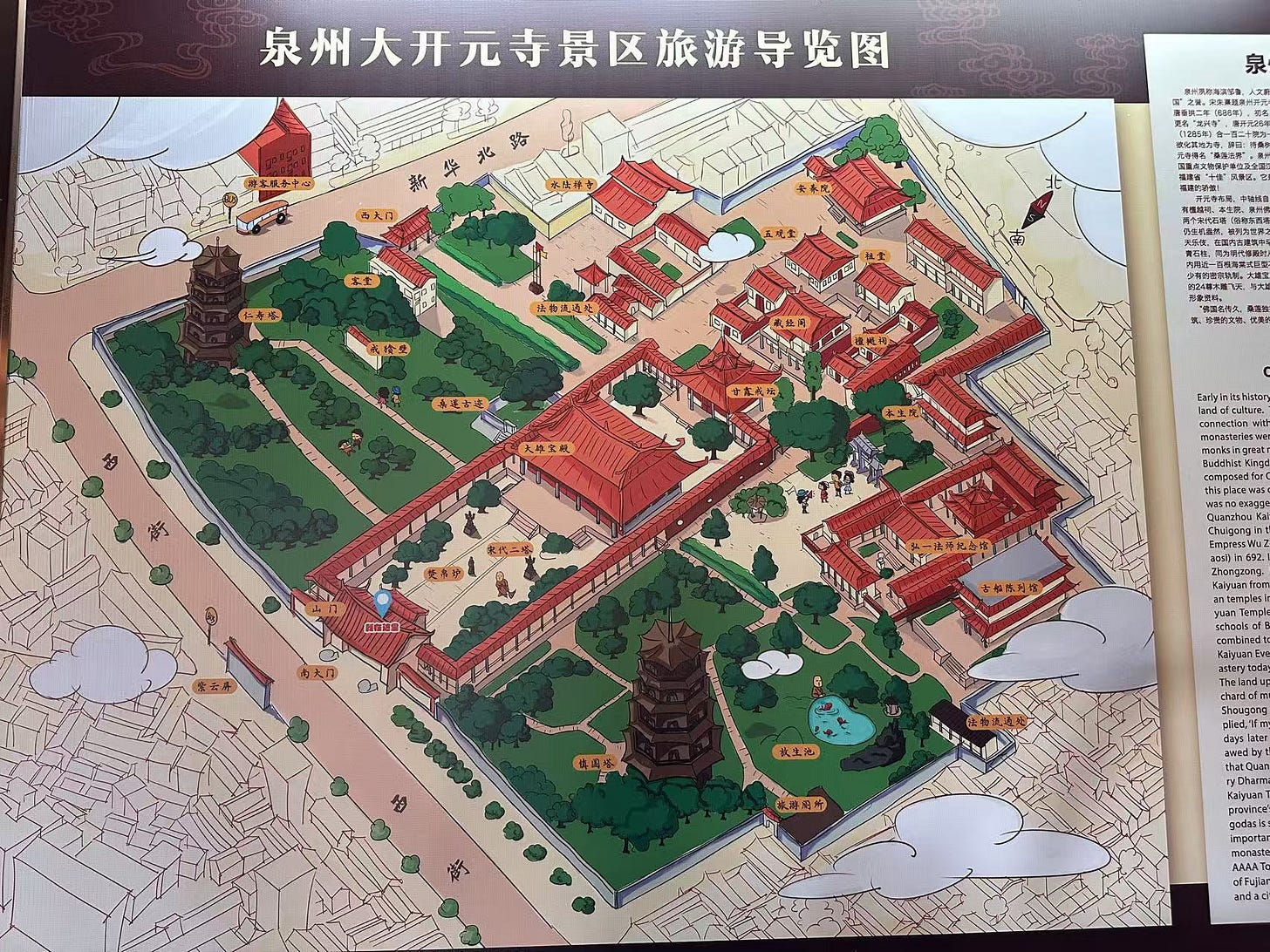
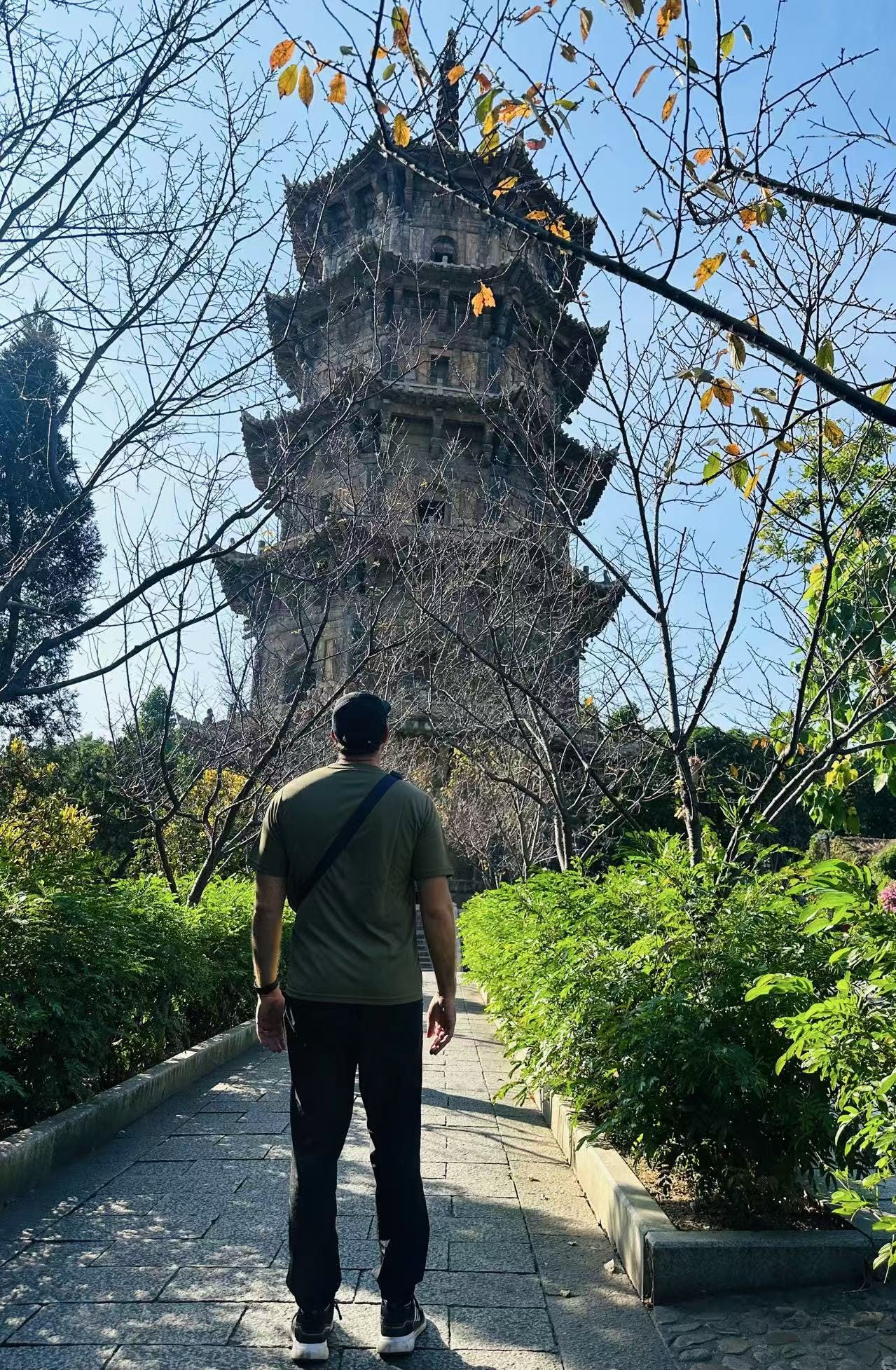

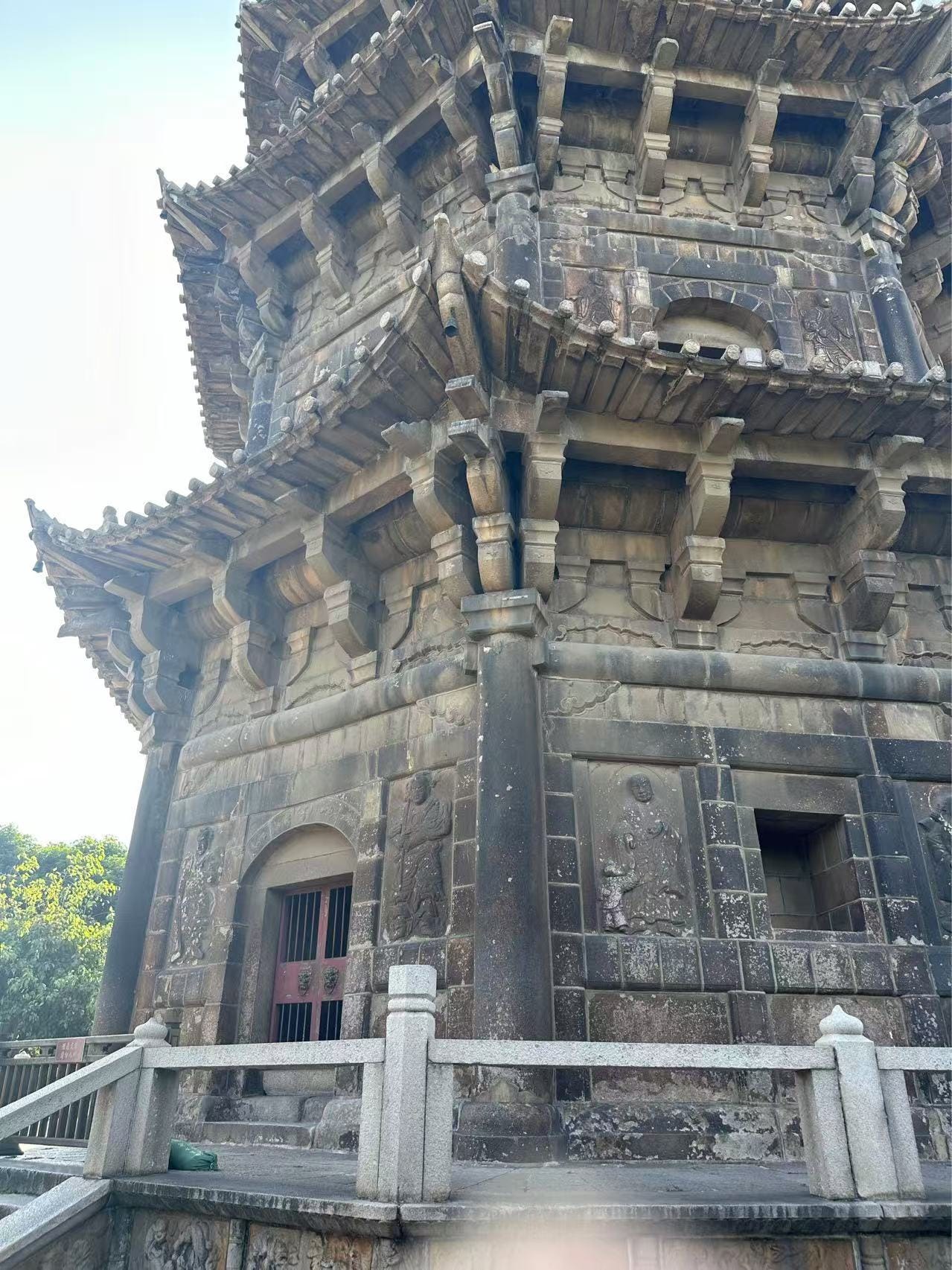
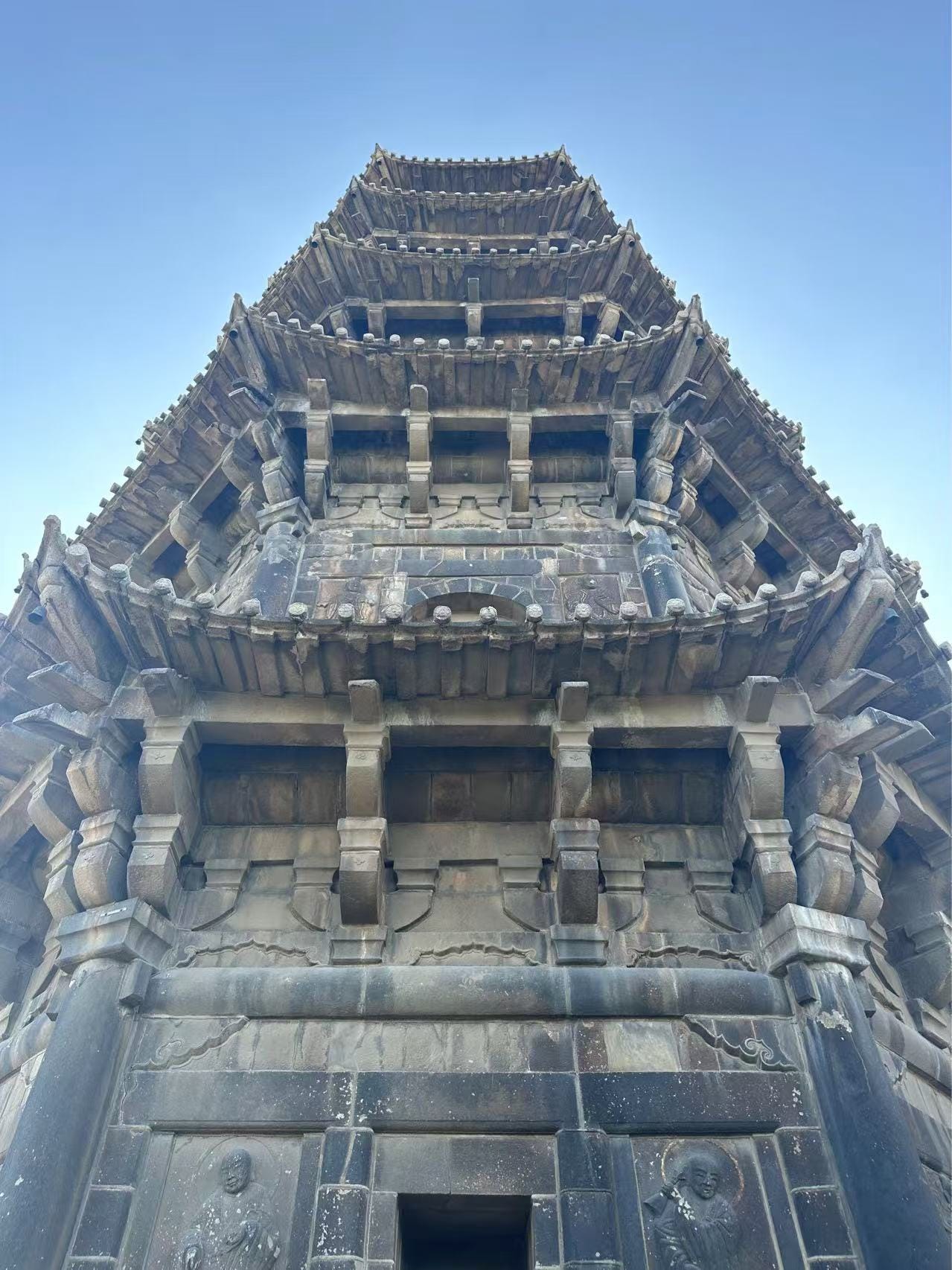


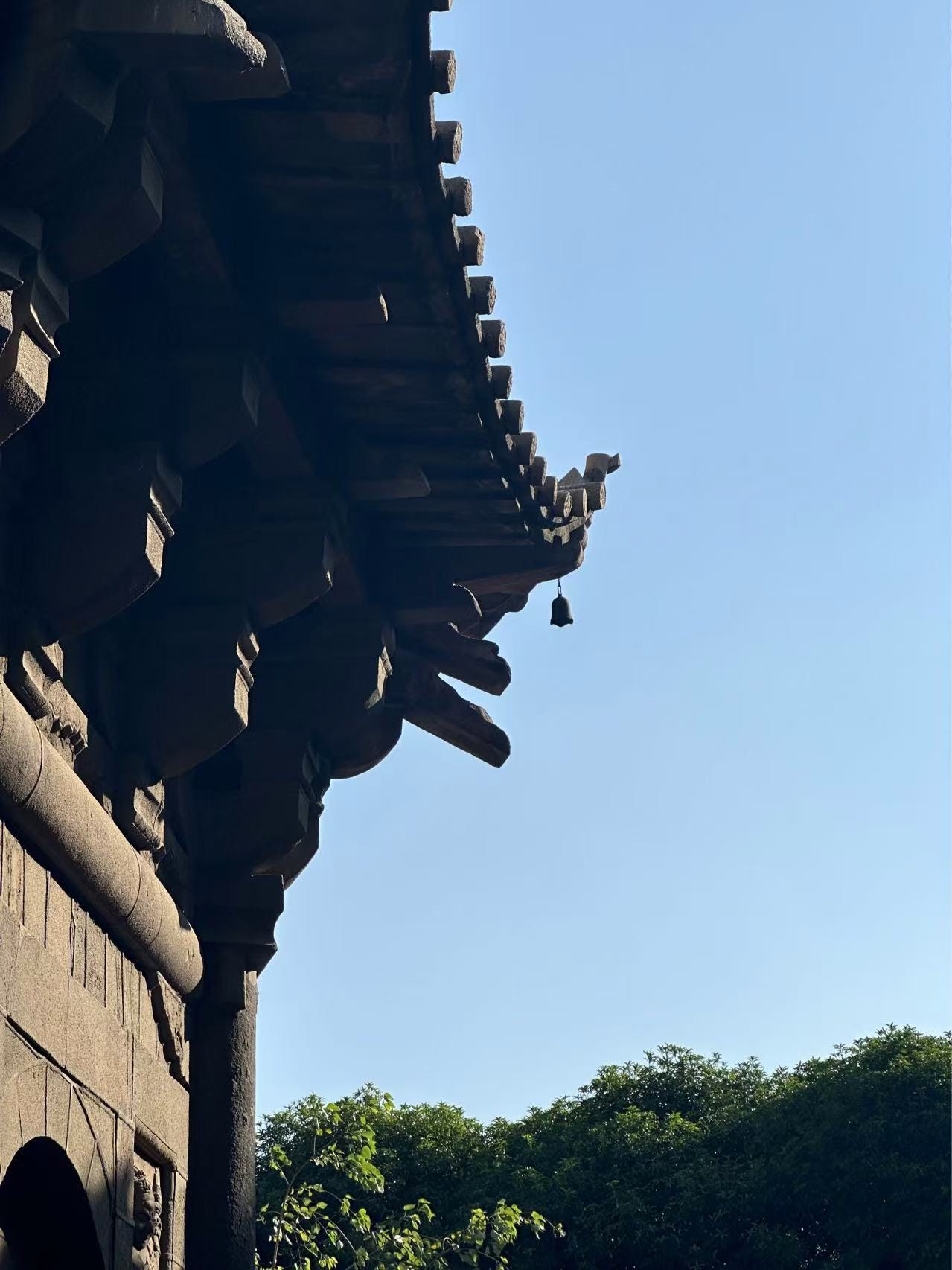
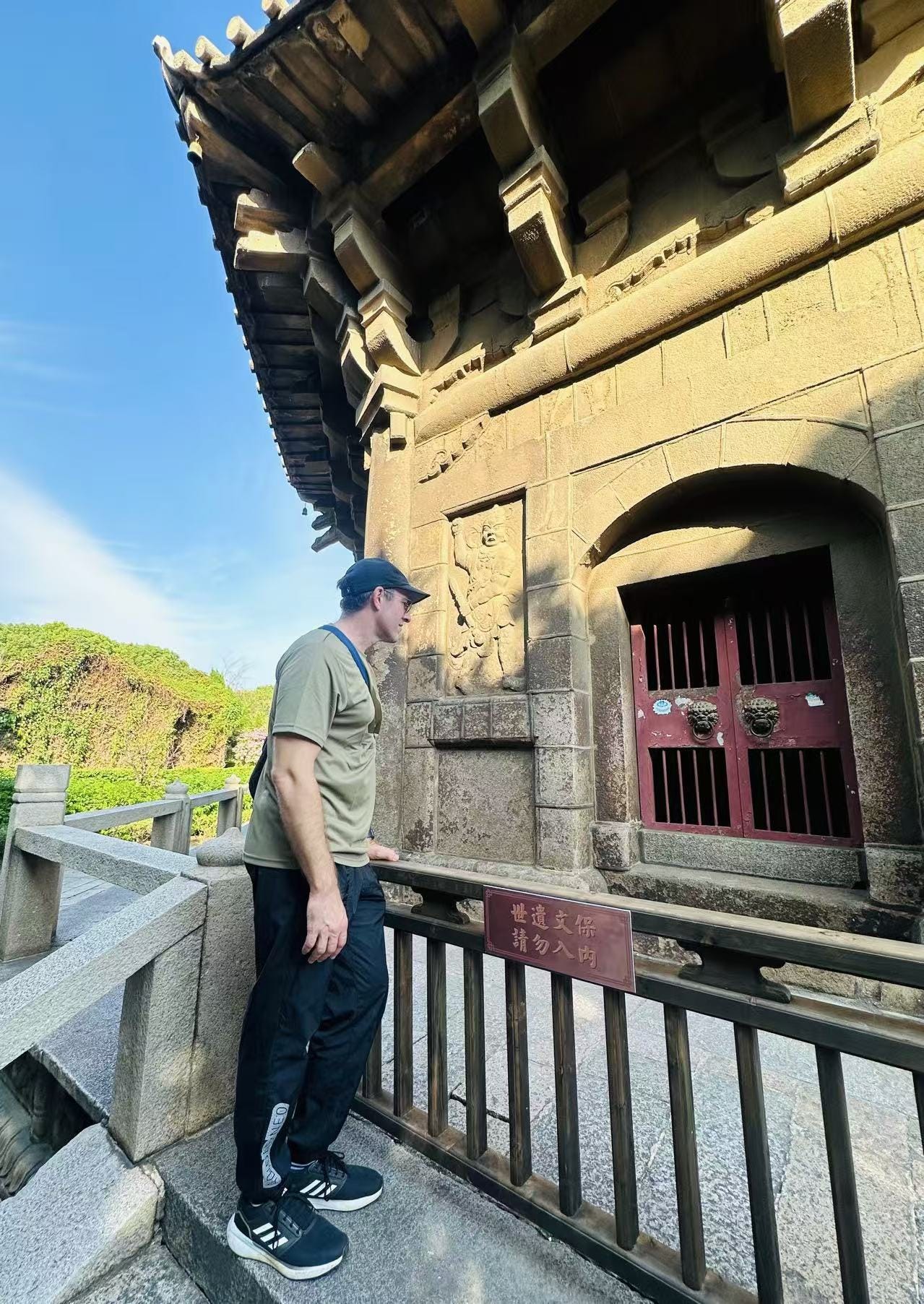

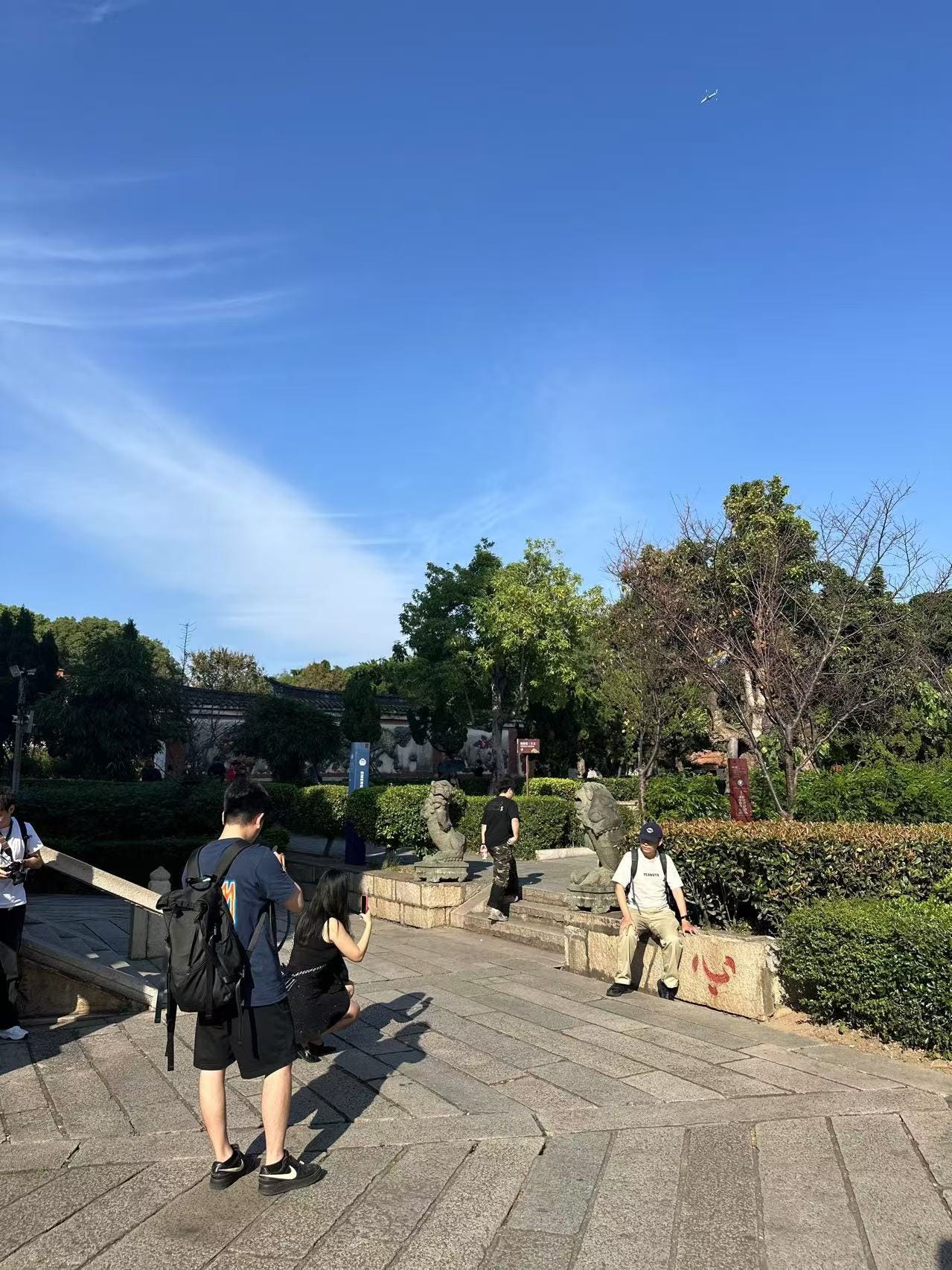
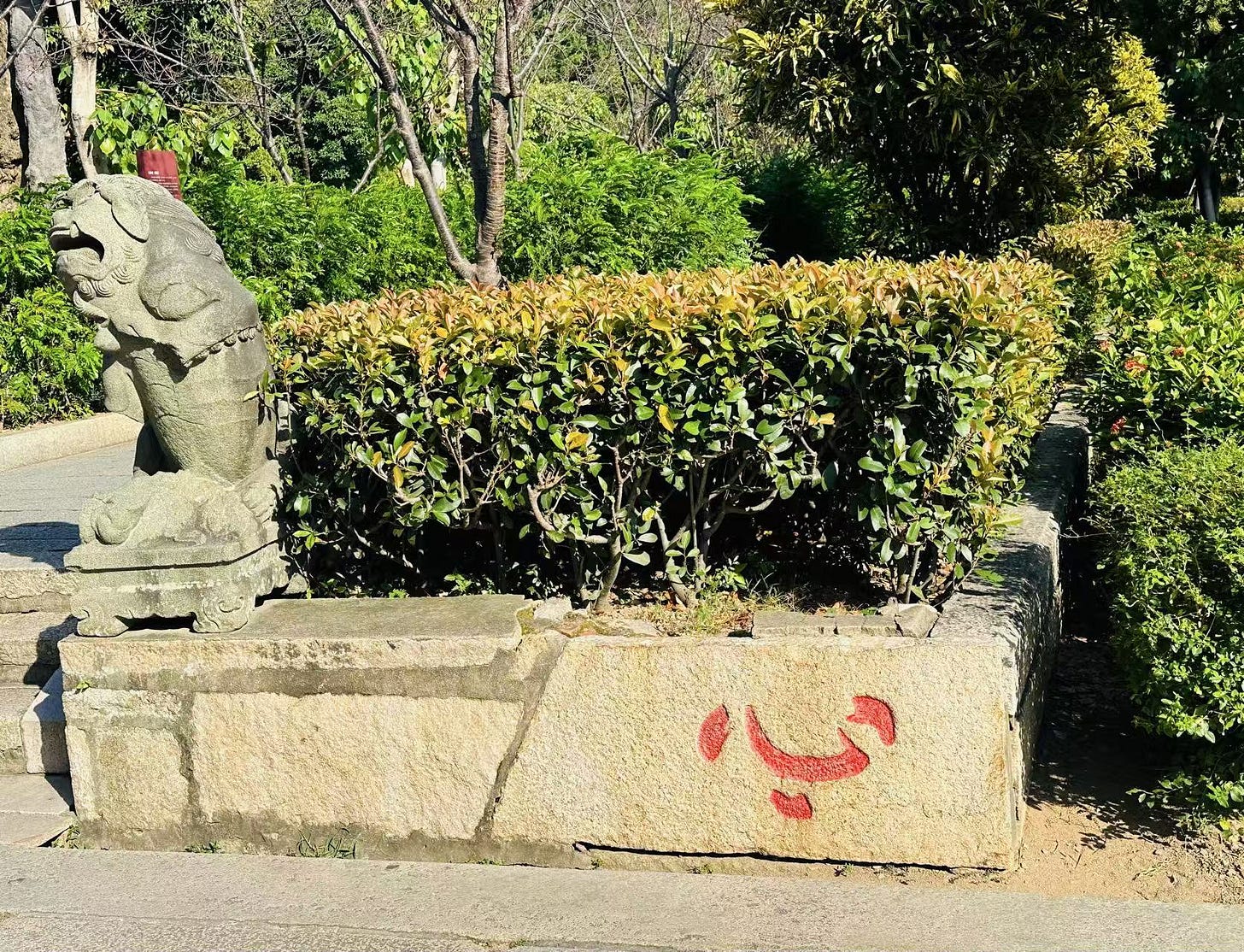
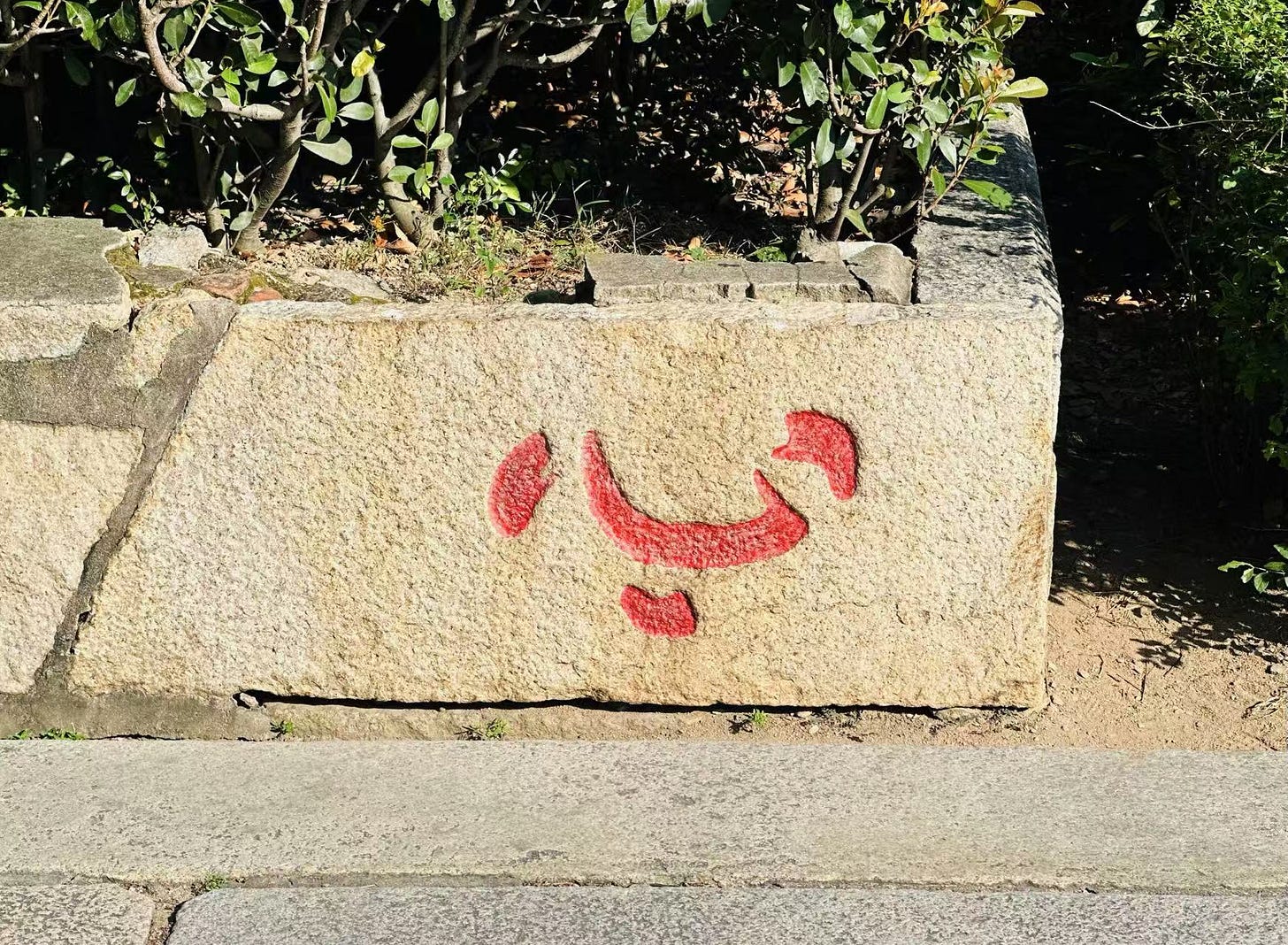
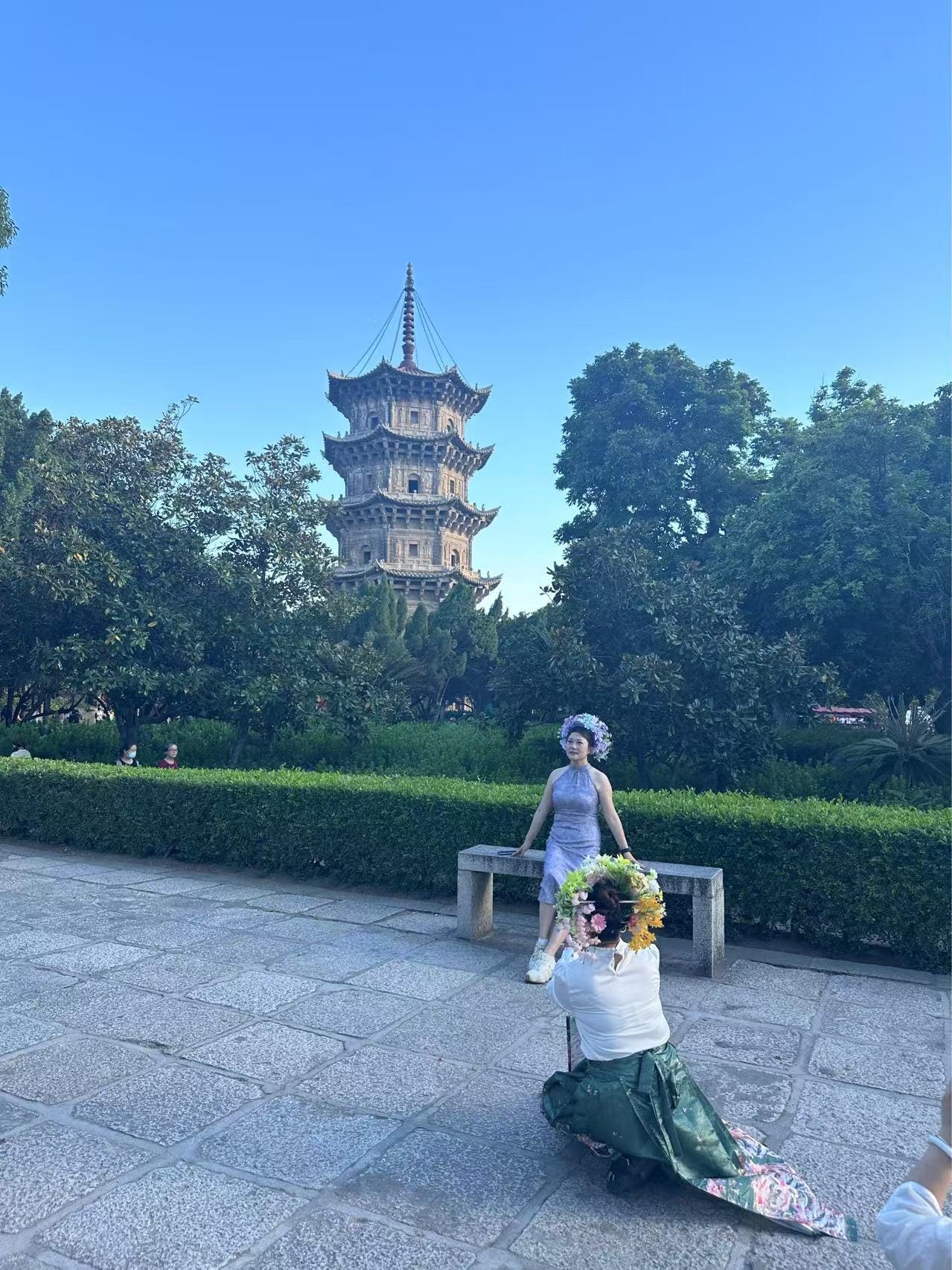
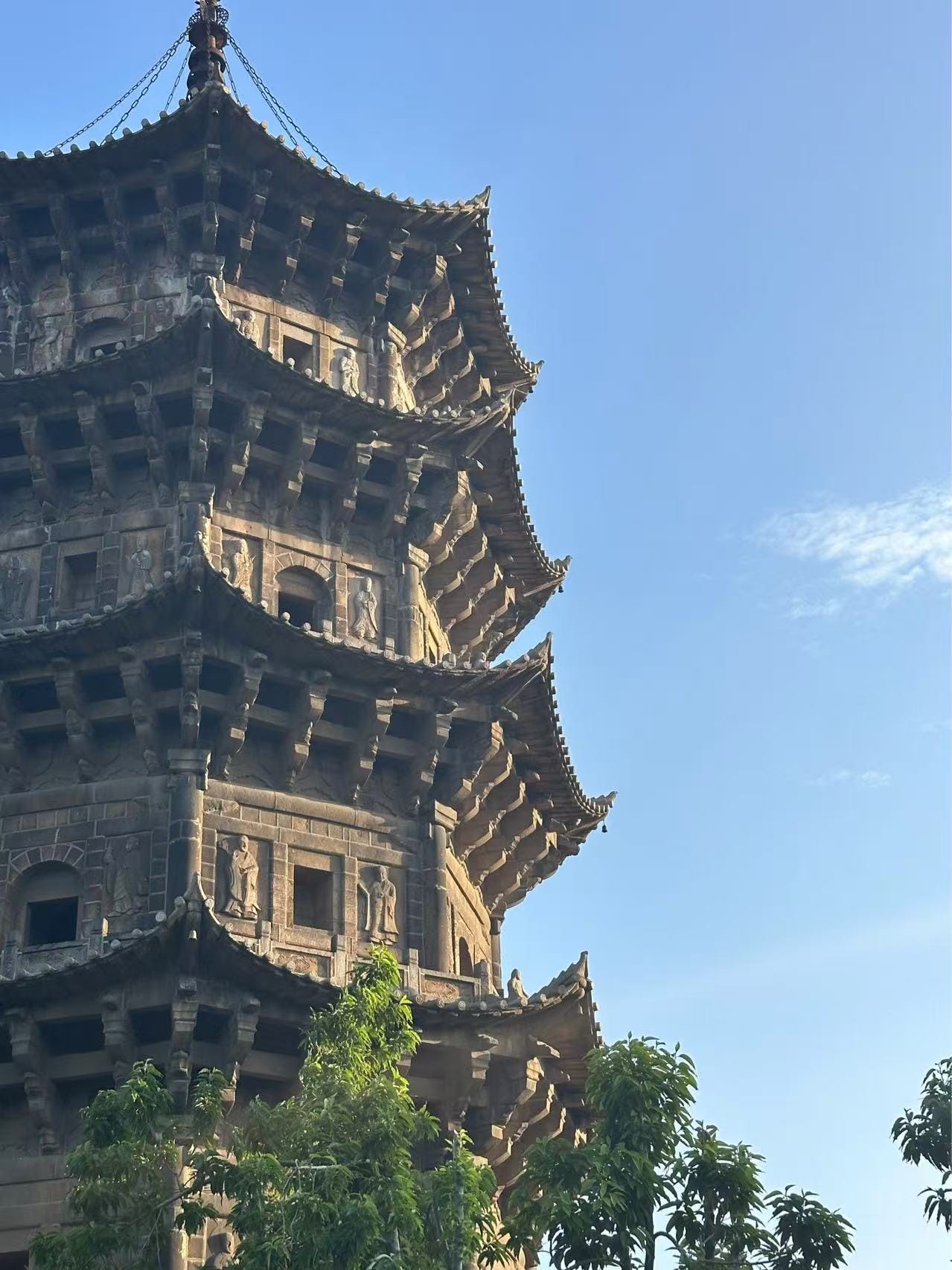
Paul- From monkey king to the very balanced dian—I’ve always been a great fan of pagodas. This piece rings true!